


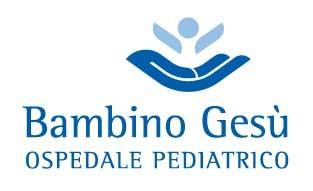

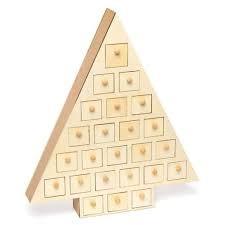
(Rosenbaum et al., 2006)

Woollacott M.H. 1995

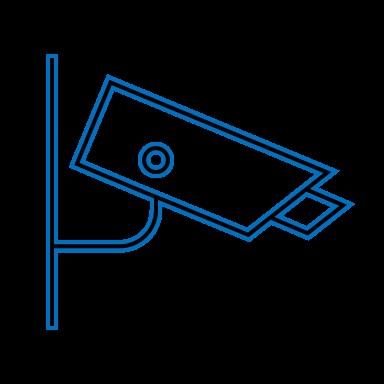
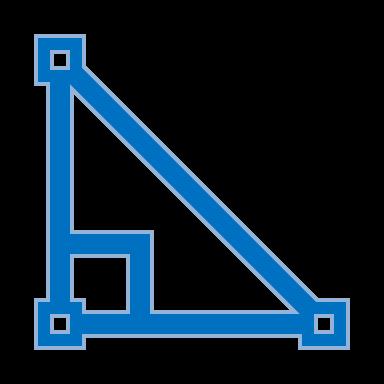
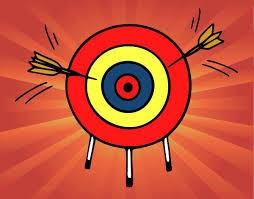
(GROSS MOTOR FUNCTION MEASUREGMFM)
GMFM © Russell DJ, Rosenbaum PL, Cadman DT, Gowland C, Hardy S, Jarvis S "The gross motor fuction measure:








(Rosenbaum et al., 2006)

Woollacott M.H. 1995




GMFM © Russell DJ, Rosenbaum PL, Cadman DT, Gowland C, Hardy S, Jarvis S "The gross motor fuction measure:
















•
• Надійна,
•


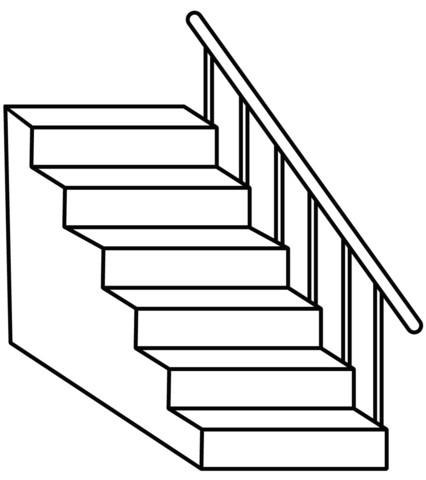
Огляд GMFM
B. Положення сидячи (20 позицій)
C.
D. Положення стоячи (13 позицій)
E. Ходьба, біг та стрибки (24 пункти)


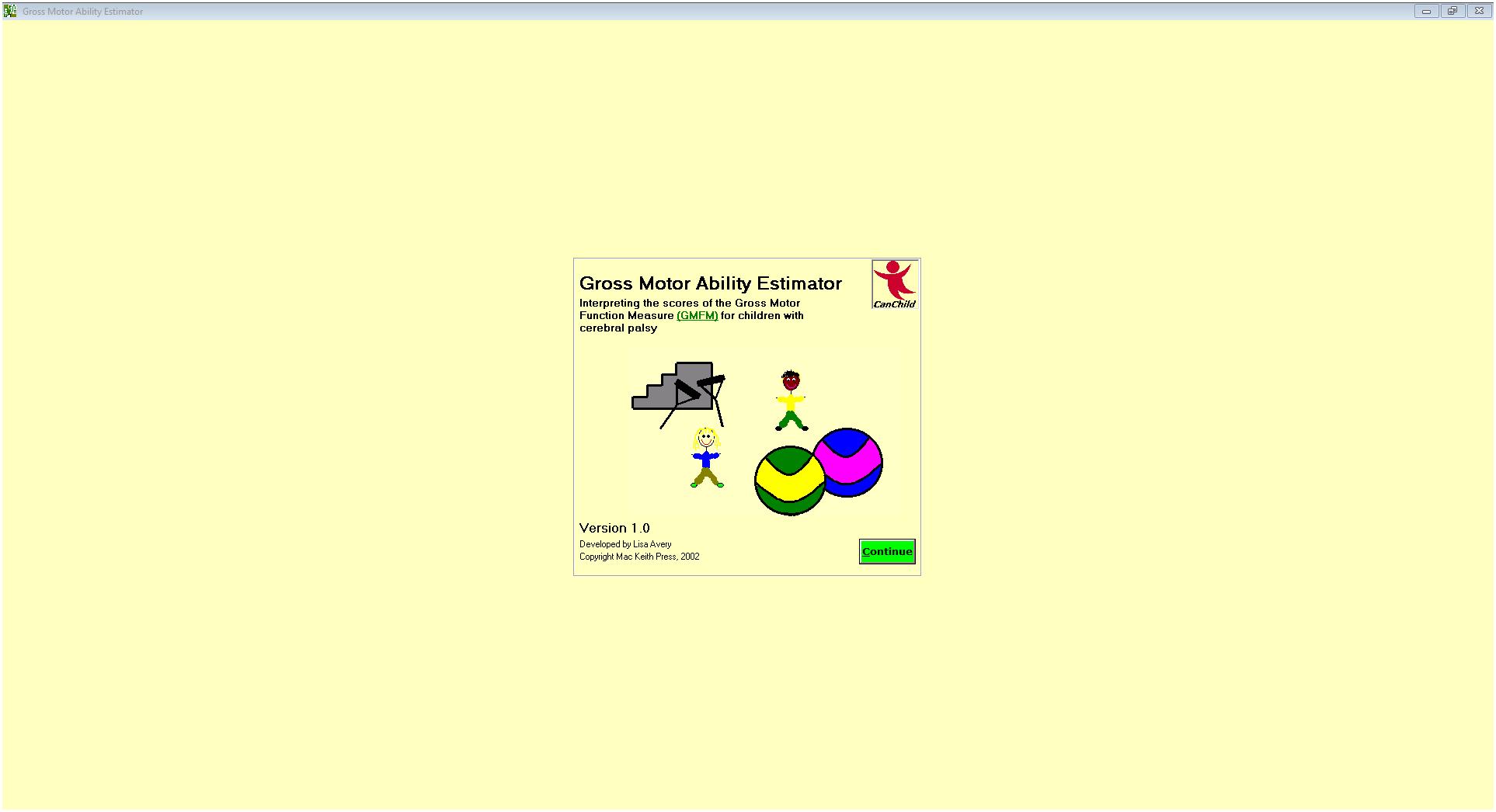

GMFM © Russell DJ, Rosenbaum PL, Cadman DT, Gowland C, Hardy S, Jarvis S "The gross motor fuction measure:
GMFM © © GMFM

Wang,
•
•
•
•
•
• Повторювати всю GMFM не обов'язково.





















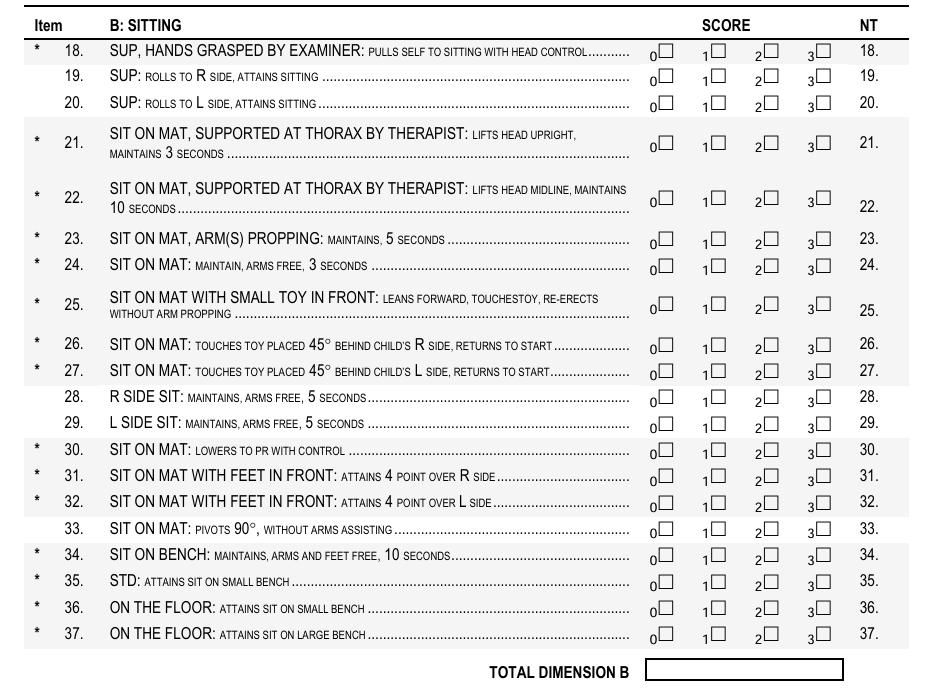




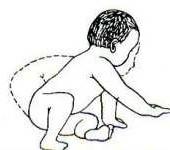


8








"D"


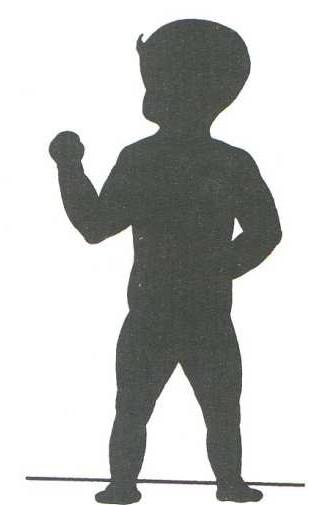


Age: 8







24 Item
Starting from the standing position, investigate the child's ability to:
- Perform different walking modes
- Perform specific tasks such as going up and down stairs or kicking a ball
- Perform different jumping modes
- Investigate the abilities to: maintain posture, reach others, and perform tasks while sitting.
DIMENSIONE «E»

When the starting position is described as 'standing', the child must begin the movement from a standing position without the help of their arms. They must not support themselves with their hands or lean on equipment. These instructions apply to items 69-83 and 86-88.
Starting position:
Standing, 2 hands on large bench
EDGE OF A STEP: the lateral movement of both legs, one at a time. The child should be at one end of a bench, and can lean on their forearms or touch the equipment with other parts of their body as long as the weight is on the arms and legs (rather than on the trunk).
Starting position:
Standing, 2 hands held
ADVANCE ONE STEP: the forward movement of a leg from the lift-off to the heel contact with the ground.
CONSECUTIVE STEPS: without interruption; any pauses between steps must not exceed 2 seconds, otherwise the test must be considered concluded.
The child walks forward with their hands held by the therapist. The therapist must be in front of the child to reduce the inclination.
70. STD: walks forward 10 steps, stops, turns 180°, returns
0. 10 steps, does not stops.
1. 10 steps and stop, not turns
2. walks forward 10 steps, stops, turns 180°,
3. Walks forward 10 step, stops, turns 180°, returns
STANDING POSITION: the child must start the movement from the standing position without the use of the arms. WITHOUT THE USE OF THE ARMS: without interruptions; any pauses between steps must not exceed 2 seconds, otherwise the test must be considered concluded.
SCORE 3: The child walks forward, must stop and then turn around (and not turn around to then stop). There is no need to count the number of steps.
Starting position:
Standing Runs 4,5 m., stops and returns
Starting position:
Standing Runs 4,5 m., stops and returns
Starting position:
Standing Hops on right foot 10 times in a circle with a diameter of 60 cm.
@ospedalebambinogesu
TWITTER @bambinogesu
INSTAGRAM @ospedalepediatricobambinogesu
Ospedale Pediatrico
Bambino Gesù
Ospedale Pediatrico
Bambino Gesù FLICKR @ospedalebambinogesu
www.ospedalepediatricobambinogesu.it
Age: 8
Hemiparesis
Starting position: Sitting on the mat with a little toy in front
0. does not try to stretch forward
25. Sit on mat with small toy: leans forward
1. it stretches forward but rises again
2. leans forward, touches the toy, gets back up using her arms

3. leans forward, touches the toy, gets back up without the help of the arms

Make at least one attempt to establish whether the toy is within reach of the child who has to stretch forward to grab it. For the older child, they are only asked to touch it and not to bend the opposite arm; for younger children, a larger object is needed to encourage them to use both hands.
Starting position:
Sitting on the mat
0. does not try to touch toy
1. tries to stretch out the arm, does not reach back
26. Sit on mat: touches toy placed 45° behind child’s R side, returns to start

2. stretches the arm backward but does not touch the toy or return to the starting position
3. Touch the toy placed at a 45° angle in a rearward position relative to the right side, return to the starting position.

The child should turn to the right and execution is allowed only if they touch the toy. To score 2 points, the hand must extend backward beyond the greater trochanter.
Starting position : Sitting on mat with feet in font
31. Attains 4 points over R side

0. He\She does not try
1. He\She tries to attain 4 points position
He\She partially placed on 4 points from the upper
3. He\She completes the passage

The starting position from sitting in a 'W' is not accepted, they must have their legs semi-extended or fully extended. They can load weight on their forearms or directly on their hands, but they cannot assume the prone position and then move to all fours.
35
Starting position: Standing
0. He\She does not try
35. STD: attains sit on small bench
1. He\She tries to sit on the bench
2. He\She partially attains sit on bench

3. He\She attains sit on bench

It is possible to sit on the bench in whichever way children prefer. To achieve a score of '1', the children must make a clear attempt. The bench should not be longer than one meter (while sitting, the child must be able to touch the floor with their feet).
Starting position: On the floor
0. He\She does not try
1. He\She tries to sit on the bench 2.
He\She partially attains sit on bench

3. He\She attains sit on bench

Establish whether the children can get up from the floor to sit on the bench. Children who attempt to lift themselves from the starting position and move towards the bench receive a score of '1'. A score of '2' should be assigned to children who are able to lift themselves to reach a standing position near the bench.